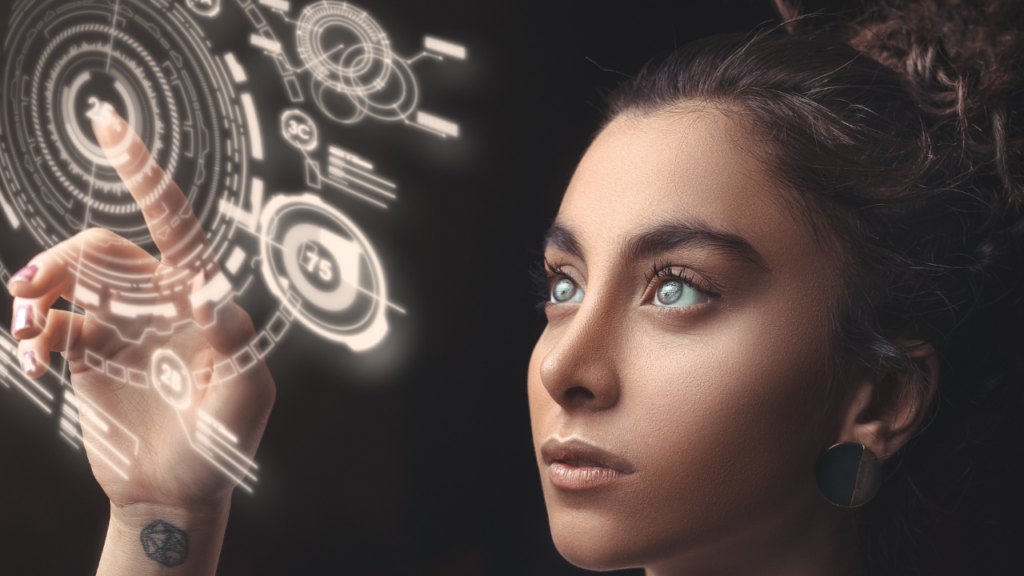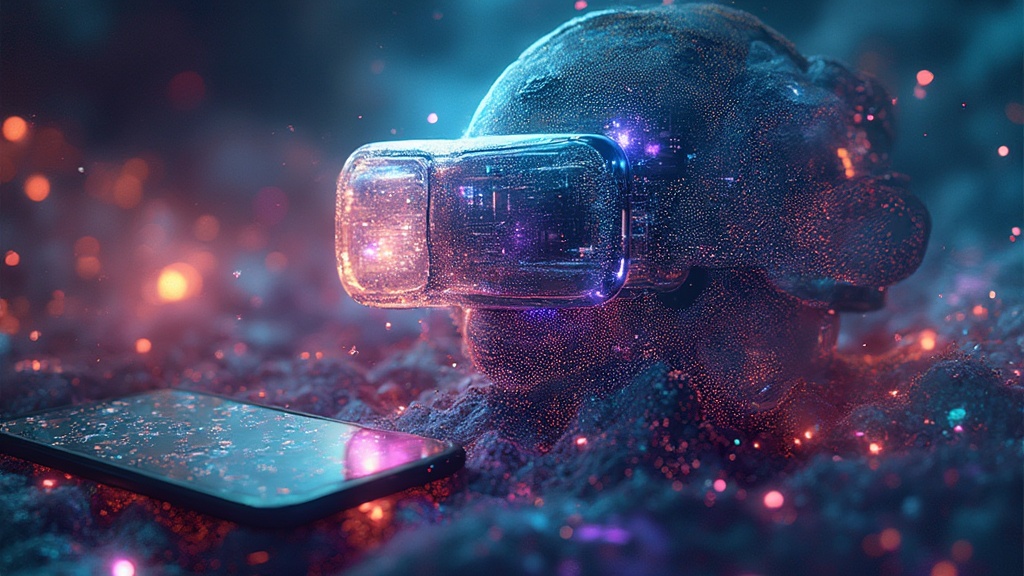
Let’s talk about something that may sound like a plot from a sci-fi novel: The Marriage of Design and Data in Future User Interfaces. Yes, you heard it right, the harmony of Design and Data (sounds like a power couple from Silicon Valley, doesn’t it?). Believe it or not, this is where the future user interface design is heading – no, sprinting towards.
In the olden days, design was all about aesthetics, while data was the forte of number-crunching geeks. But, like in any good rom-com, the two opposites met, clicked, and now we find ourselves at the dawn of a new era in design. It’s one where design and data aren’t just flirting with each other, they’re planning a family together.
Now, we’re not just talking about data-driven design here. That’s so 2010. We’re talking about a level of integration where design and data are inseparable. Picture a future user interface design that doesn’t just use data to inform design decisions, but actually adapts and evolves based on data in real-time. Intrigued? You should be.
But how could this work, I hear you cry out (or maybe that’s my overactive imagination)? Well, the concept is fairly simple. By using AI and machine learning, interfaces can learn from user interactions, and adapt the design to better suit the user’s needs. It’s like that self-learning robot butler you’ve always dreamed of, but far less likely to turn on you in a dystopian twist.
This kind of symbiotic relationship between design and data won’t just revolutionize how user interfaces are created, but also how they’re used. With the data providing insights into user behavior and design adapting to these insights, user interfaces will become far more intuitive and user-friendly. And didn’t we all sign up for this, after all?
Now, this doesn’t mean we’re all going to be out of a job. Far from it. While AI and machine learning can do a lot, they still need a human touch. They need us, the designers, to set the parameters, to guide the process, and to step in when the machines get too enthusiastic (remember, no dystopian twists).
Of course, this marriage of design and data in future user interface design isn’t without its challenges. There will be debates about privacy, accuracy, and the risk of all our designs starting to look like they were created by the same AI overlord. But these are challenges for us to overcome, and I have no doubt we will.
So, as we move forward into this brave new world of future user interface design, let’s embrace the marriage of design and data. Let’s celebrate the opportunities it brings, and tackle the challenges head on. Because, at the end of the day, this isn’t about making our lives easier. It’s about creating better, more intuitive, and more personalized user experiences. And isn’t that what we’re all here for?
In conclusion, the marriage of design and data in future user interface design is far from a sci-fi fantasy. It’s a reality we’re moving towards, and one that I, for one, am excited to be a part of. Now, if you’ll excuse me, I have some AI parameters to set.


